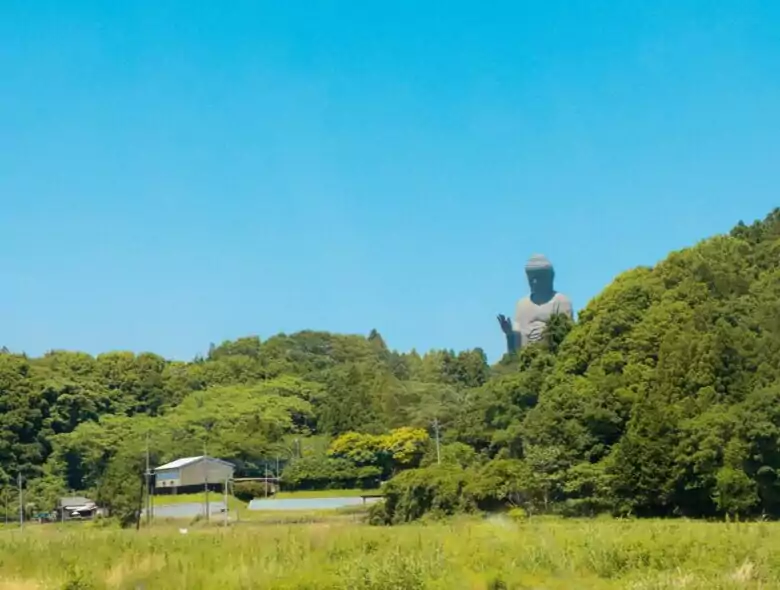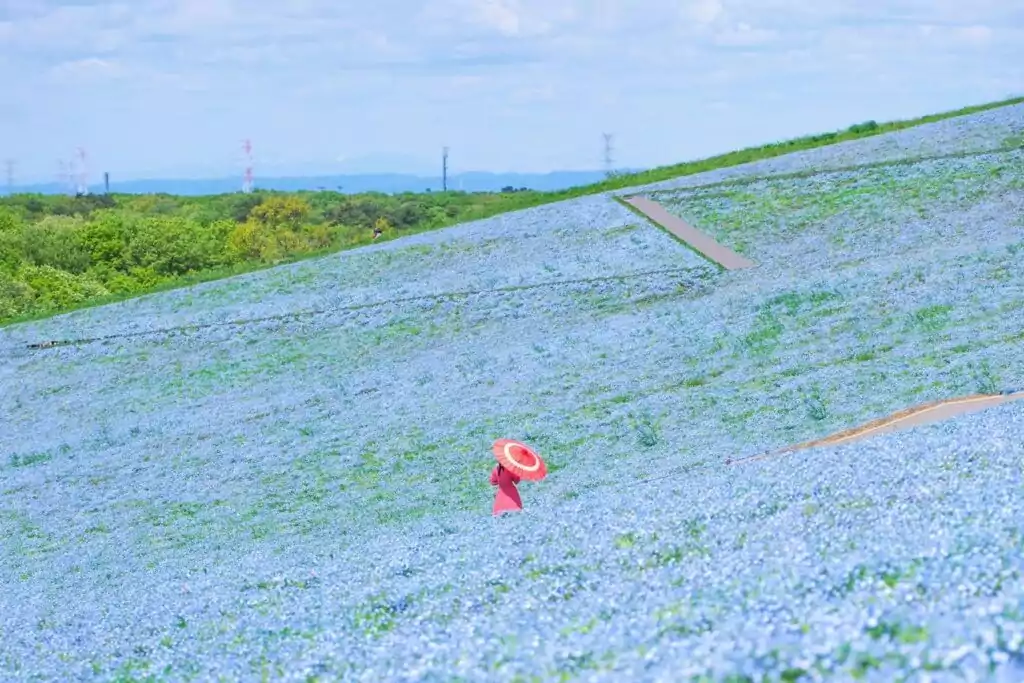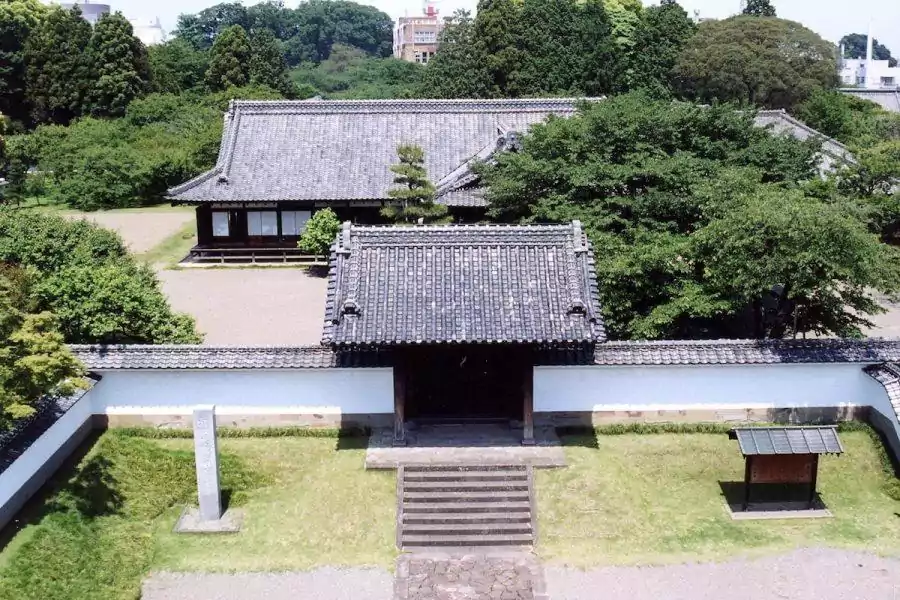Ibaraki Prefecture is known for its abundant nature and food production.
The mascot character of Ibaraki Prefecture is “Nebaarukun.
Nebaarukun is based on natto (fermented soybeans), a specialty of Ibaraki Prefecture, and all of his profiles, including his birthday, height, and weight, use the word natto (natto: 710).

The capital of Ibaraki Prefecture, which has the above humorous mascot as its official character, is Mito City. Located on the eastern side of the Kanto Plain, it is classified as the central region of Ibaraki Prefecture, with a population of approximately 260,000 as of October 2022.
Mito is also known for Mitsukuni Tokugawa (Mito Komon) and Kairakuen Garden, which is associated with the Mito Tokugawa family, one of the three great families of Japan.
Located only 65 minutes from Tokyo Station on the limited express “Hitachi” train, Mito offers a wealth of natural tourist attractions and culinary culture.
Kairakuen Garden
Kairakuen is one of the “Three Famous Gardens in Japan” along with Kenrokuen in Kanazawa and Korakuen in Okayama, and was built in 1842 by Nariaki Tokugawa, the ninth lord of the Mito Domain. He cut down Mt. Nanzen facing Senba Lake and created “Kairakuen” in the hope of making it a place to be enjoyed not only by the feudal lords but also by the people of the domain. The garden is famous for its plum blossoms, with 3,000 plum trees of about 100 varieties planted in the garden, and is very crowded with plum-viewing visitors in the spring. There are also seasonal attractions such as the “Plum Blossom Festival” in early spring (mid-February to the end of March), the “Mito Cherry Blossom Festival” in spring (early to mid-April), the “Mito Azalea Festival” in early summer (late April to mid-May), and the “Maple Valley Autumn Leaves and Lighting” in autumn.
Ruins of Mito Castle
Mito Castle is located about a 10-minute walk from the north exit of Mito Station on the JR Joban Line. It is one of the largest earthen castles in Japan, which used the Naka River flowing in the north and Lake Senba spreading in the south as natural moats. Like Kairakuen, Mito Castle is also associated with the Mito Tokugawa family, one of the three Tokugawa families. The castle was destroyed in the war in 1945, and today only a portion of the moat and the Koudoukan, which was built in the San-no-maru area, remain as a reminder of what it once was. The Koudoukan is also famous for being a Japanese Heritage site, a group of educational heritage sites representing early modern Japan. Why not visit Kairakuen, a place to enjoy yourself, and the Koudoukan, a place to learn about literature and military arts?
Tengu Natto
Tengu Natto, known as the original Mito natto, is the trademark of Sasanuma Goro Shoten, which was founded in 1910. The name is said to have originated from the Tengu party, a group of noblemen and barbarians formed in the Mito domain at the end of the Edo period (1603-1868). It is a long-established taste that has been handed down for over 100 years since its establishment.

Mito City
Mito City is also the location of the prefectural government and a popular area with tourist attractions and terminal stations. However, rent can be kept low compared to Moriya City, which has long been known as a bedroom town in the city center, or Tsukubamirai City, which has been developing in recent years.
Another attraction of living in an area away from the hustle and bustle of the city is the combination of the natural environment and historical culture.
Please take a look at our website to see what kinds of properties are available in Ibaraki Prefecture at affordable rent.
Related articles:
- Getting Around Japan – Practical Tips and Tricks
- The Beginner’s Guide to Car Rental in Japan
- 5 Quirky and Unusual Museums You Have to See in Tokyo
- Discovering Saga Prefecture: Unearthing Hidden Gems in Japan’s Countryside
- Exploring Kagawa – Japan’s Quiet Paradise of Art and Culture





